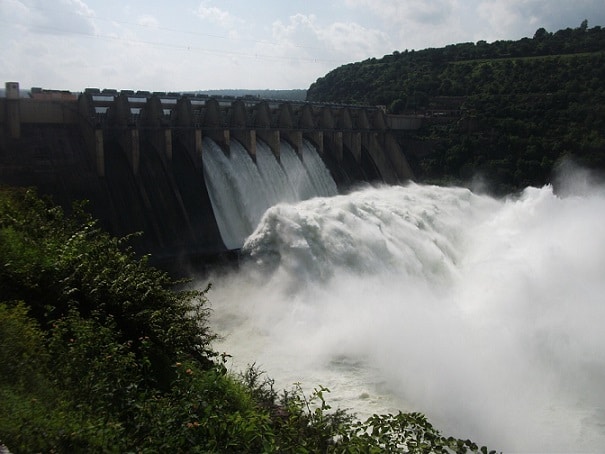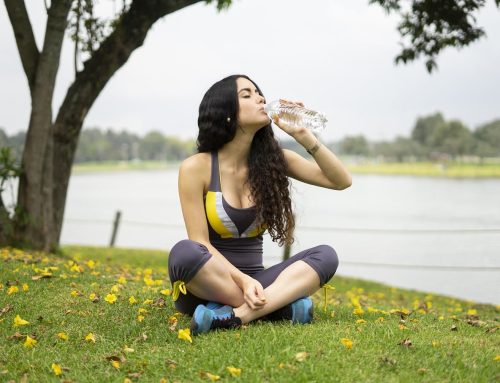Because our very lives depend on the water cycle and because we have the potential to destroy it if we do not understand how it works, it is essential for us to have a solid understanding of both what the water cycle is and how it operates.
The water cycle can be simplified into the unbroken circulation of water both on and around the surface of the earth. Because water never truly evaporates, the amount of water on earth has always been and will always be exactly the same; the only thing that alters the form that water takes is temperature.
The sun is not only the force behind the entire water cycle but also the primary agent behind water’s two most important processes: condensation and evaporation. The water at the earth’s surface is warmed by the sun, which causes it to evaporate, which then enters the atmosphere as water vapour, where it condenses as clouds as it cools and rises. These clouds eventually become precipitation on the earth in the form of rain, sleet, hail, or snow, depending on the temperature of the atmosphere. The sun’s rays are responsible for this process.
Some of this precipitation is absorbed by tree canopies, and then it is re-evaporated back into the atmosphere. Other precipitation, however, makes it to the ground and turns into runoff, which can either collect and freeze into snow caps or glaciers, or it can make its way back into lakes and oceans, where it is then evaporated once more by the sun.
Rainfall that falls to the ground but does not turn into runoff will collect and eventually be stored in underground aquifers. An aquifer is a vast deposit of groundwater that may be retrieved and used as a source of drinking water.
A large majority of the water we use for drinking comes from groundwater, which can collect in aquifers over the course of thousands or even millions of years. Aquifers can be divided into two categories:
- Confined aquifers contain a layer of rock or other materials as their upper borders and are typically located beneath unconfined aquifers.
- Unconfined aquifers are areas where the water pressure is equivalent to the atmospheric pressure, and the water table or the surface acts as their upper boundaries.
Because water is essential to human life, it is our responsibility to ensure that we do not disrupt the natural water cycle in any way. This requires us to refrain from cutting down trees and to take care of our rivers and oceans so that they are able to do their role in the cycle.
Living-Water is your source for both bottled water coolers and water coolers that are fed directly from the mains. You can either buy or rent water coolers to use at your home and at your place of business.






